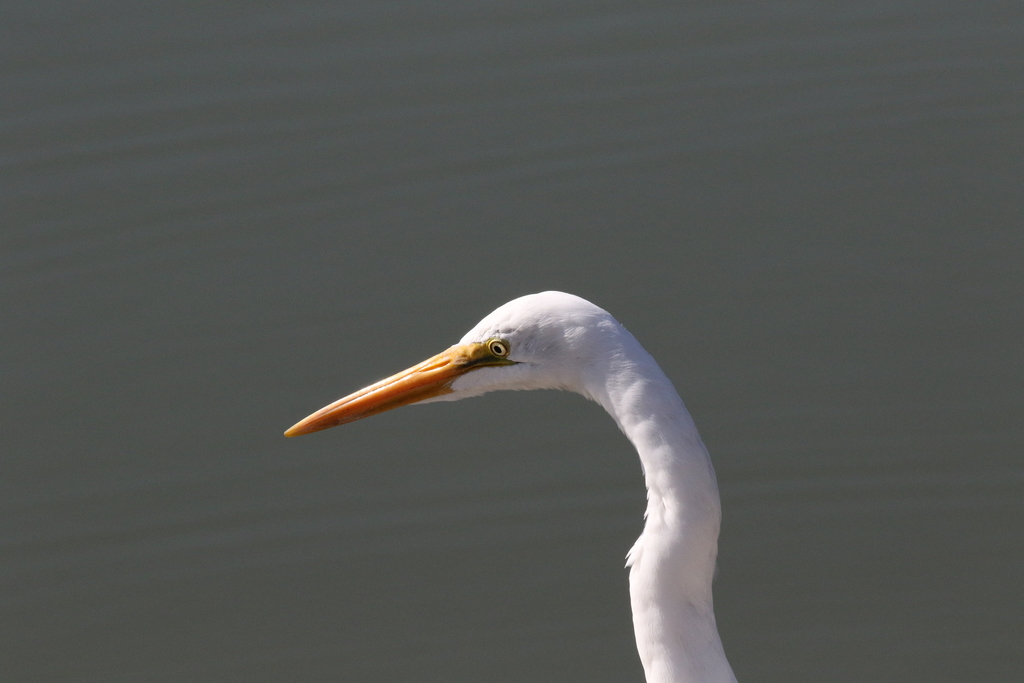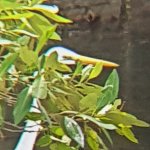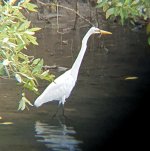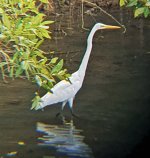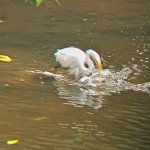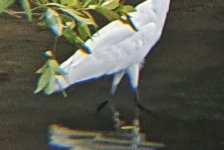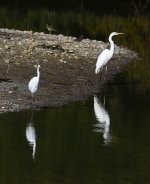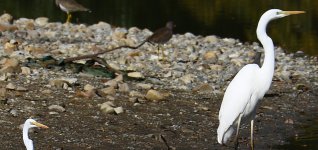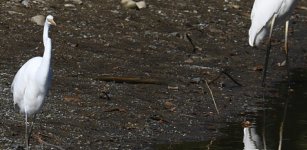lowressgbirding
Active member

Hi everyone!
I've been googling quite a bit on how to differentiate between the Great and Intermediate Egret, but I'm still quite stumped looking through my photos.
I have 4 sets of photos here (different birds, although bird 2 might be the same as bird 3 or 4). The gape doesn't seem to extend far behind the eye, but the neck and beak look pretty long on all these birds.
Would appreciate any tips on how to identify whether these are Great or Intermediate Egrets or a mix of both, and why.
Thanks!
I've been googling quite a bit on how to differentiate between the Great and Intermediate Egret, but I'm still quite stumped looking through my photos.
I have 4 sets of photos here (different birds, although bird 2 might be the same as bird 3 or 4). The gape doesn't seem to extend far behind the eye, but the neck and beak look pretty long on all these birds.
Would appreciate any tips on how to identify whether these are Great or Intermediate Egrets or a mix of both, and why.
Thanks!
Attachments
-
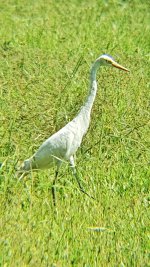 Bird1.jpeg2.1 MB · Views: 95
Bird1.jpeg2.1 MB · Views: 95 -
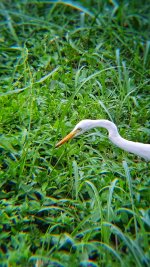 Bird4e.jpeg3.2 MB · Views: 94
Bird4e.jpeg3.2 MB · Views: 94 -
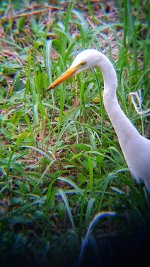 Bird4d.jpeg2.7 MB · Views: 87
Bird4d.jpeg2.7 MB · Views: 87 -
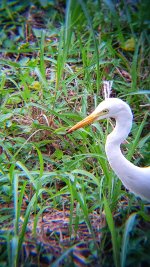 Bird4c.jpeg2.8 MB · Views: 85
Bird4c.jpeg2.8 MB · Views: 85 -
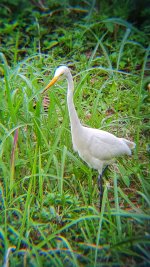 Bird4b.jpeg3.2 MB · Views: 80
Bird4b.jpeg3.2 MB · Views: 80 -
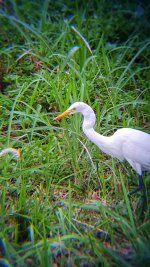 Bird4a.jpeg2.9 MB · Views: 75
Bird4a.jpeg2.9 MB · Views: 75 -
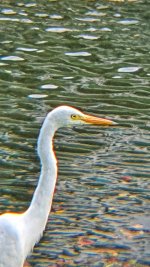 Bird3c.jpeg2 MB · Views: 88
Bird3c.jpeg2 MB · Views: 88 -
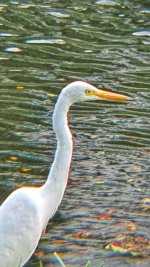 Bird3b.jpeg2 MB · Views: 93
Bird3b.jpeg2 MB · Views: 93 -
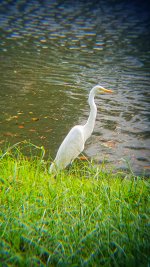 Bird3a.jpeg2.9 MB · Views: 95
Bird3a.jpeg2.9 MB · Views: 95 -
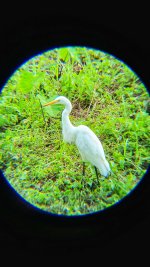 Bird2c.jpeg2.3 MB · Views: 94
Bird2c.jpeg2.3 MB · Views: 94 -
 Bird2b.jpeg2.3 MB · Views: 95
Bird2b.jpeg2.3 MB · Views: 95 -
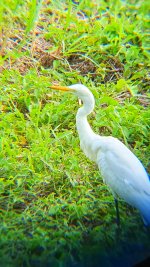 Bird2a.jpeg2.8 MB · Views: 97
Bird2a.jpeg2.8 MB · Views: 97






